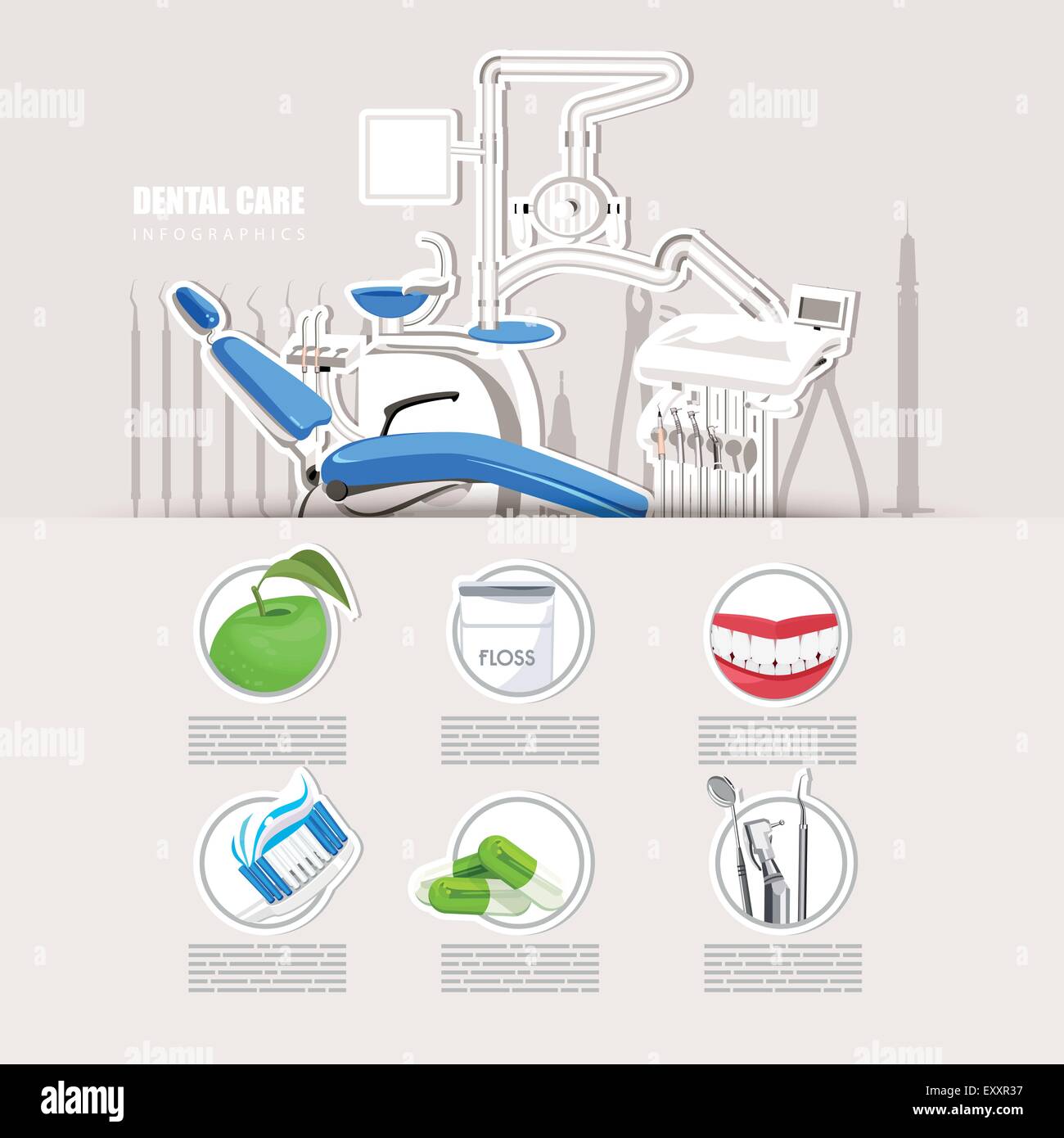Invisalign Versus Conventional Braces: A Substantial Examination
Invisalign Versus Conventional Braces: A Substantial Examination
Blog Article
Composed By-Field Vargas
When faced with the decision in between Invisalign and typical dental braces, you might question which choice straightens far better with your lifestyle and choices. The selection includes more than simply the visual allure; it explores factors like treatment period, comfort, and long-lasting oral health effects. Think about the influence each option might carry your everyday routine and confidence. As we discover the thorough comparison, you'll obtain understandings right into the nuances that make these orthodontic therapies unique and discover which one might be the much better suitable for you.
Products and Building and construction
When contrasting Invisalign to typical braces, the products and construction differ dramatically. Invisalign contains clear, smooth plastic aligners custom-made to fit your teeth. These aligners are practically invisible, making them a popular choice for those seeking a much more very discreet orthodontic treatment.
On the other hand, typical dental braces entail steel brackets that are glued to your teeth. These brackets are then linked by cords and elastic band, using pressure to slowly move your teeth into the desired placement.
The building of Invisalign aligners enables an extra comfy fit contrasted to typical braces. The smooth plastic material minimizes inflammation to your cheeks and periodontals, which is a typical problem with steel brackets and cords. Furthermore, Invisalign aligners are detachable, making it much easier to clean and floss your teeth without any obstructions.
In contrast, standard dental braces are dealt with onto your teeth, needing additional care and time for proper upkeep.
Maintenance and Oral Health
The maintenance and dental health techniques vary between Invisalign and traditional dental braces because of their unique layout and construction.
With Invisalign, you can remove the aligners when consuming or cleaning your teeth, enabling you to keep your normal oral hygiene regimen with no obstructions. It's essential to brush your teeth after eating before placing the aligners back on to avoid food particles from getting trapped and triggering degeneration.
On permanent teeth implants , traditional dental braces call for additional attention to keep your teeth clean. dentist education requirements can easily get embeded the braces and wires, resulting in plaque accumulation and prospective tooth decay. You'll need to utilize special devices like interdental brushes or floss threaders to tidy between the cables and brackets successfully.
Normal dental examinations and cleansings are necessary to ensure that your oral health remains in top problem while wearing standard dental braces.
Presence and Looks
Presence and aesthetics play a significant role in the comparison in between Invisalign and traditional braces. When it concerns look, Invisalign uses a clear benefit over conventional braces. Invisalign aligners are virtually undetectable, making them a preferred choice for those who prefer an extra discreet orthodontic treatment alternative.
Unlike the noticeable metal braces and wires of standard dental braces, Invisalign aligners are clear and blend in with your all-natural teeth, permitting you to smile confidently throughout your therapy.
Conventional braces, on the other hand, are more conspicuous due to their metal elements. While some might choose vivid bands to personalize their dental braces, others may feel self-conscious regarding the exposure of these orthodontic appliances. The popular appearance of traditional dental braces can sometimes impact a person's self-confidence, particularly for grownups in specialist setups.
Final thought
In conclusion, when choosing between Invisalign and conventional dental braces, consider your way of living and preferences. Invisalign supplies a very discreet and comfy option with easy upkeep, while traditional dental braces offer vibrant customization yet may impact self-esteem.
Inevitably, the choice ought to be based upon what works best for you in regards to aesthetics, ease, and comfort. Make sure to consult with your orthodontist to identify one of the most suitable therapy for your specific requirements.
